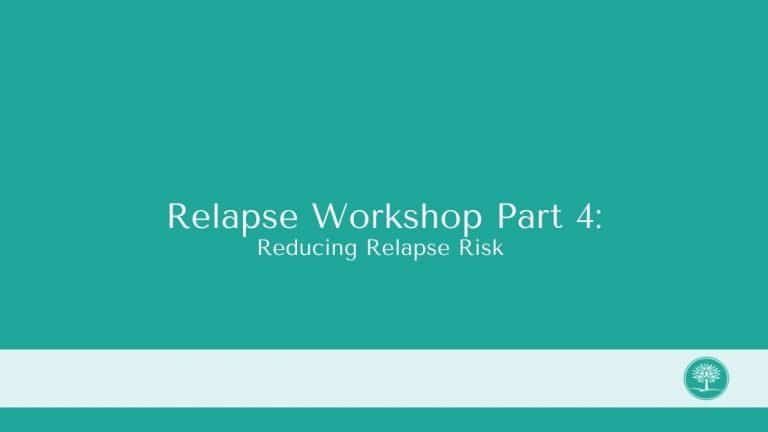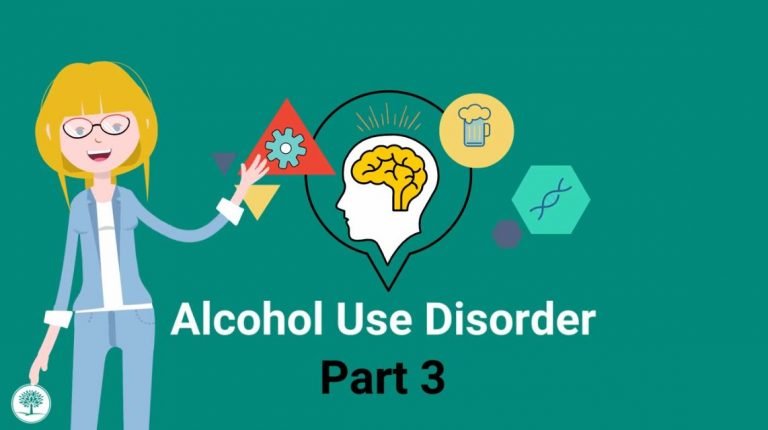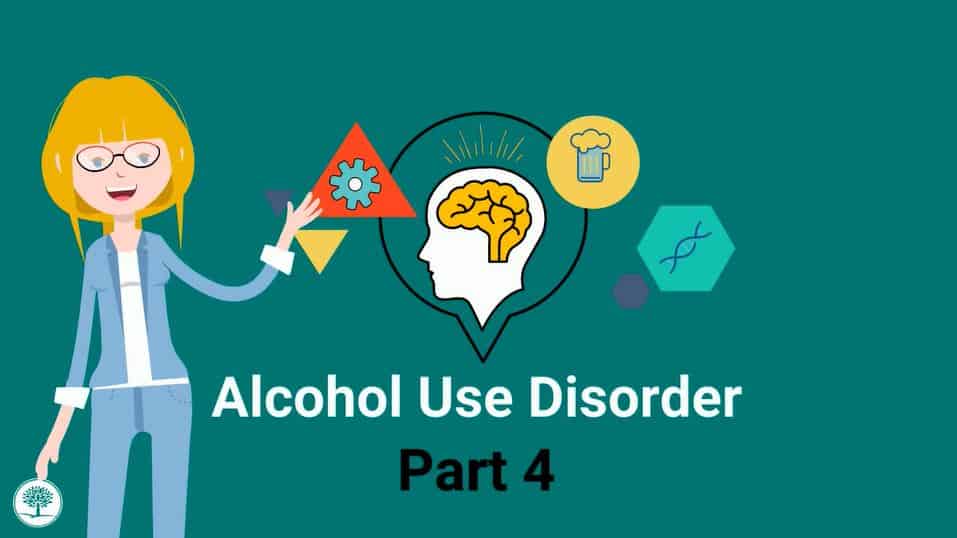Depression is a complex mental health condition brought on by a wide range of external and internal factors. Signs and symptoms can vary between individuals.
Depression Part 1: Common Causes & Symptoms Seen With Depression
Estimated watch time: 5 mins
Summary:
Depression is often the result of biological, genetic, environmental and psychological factors. More than 264 million people around the world deal with depression. Symptoms can include physical pain, digestive problems and changes in appetite along with the more recognizable symptoms such as sadness, irritability and hopelessness.
This video details more about depression, what causes it and what the symptoms are.









